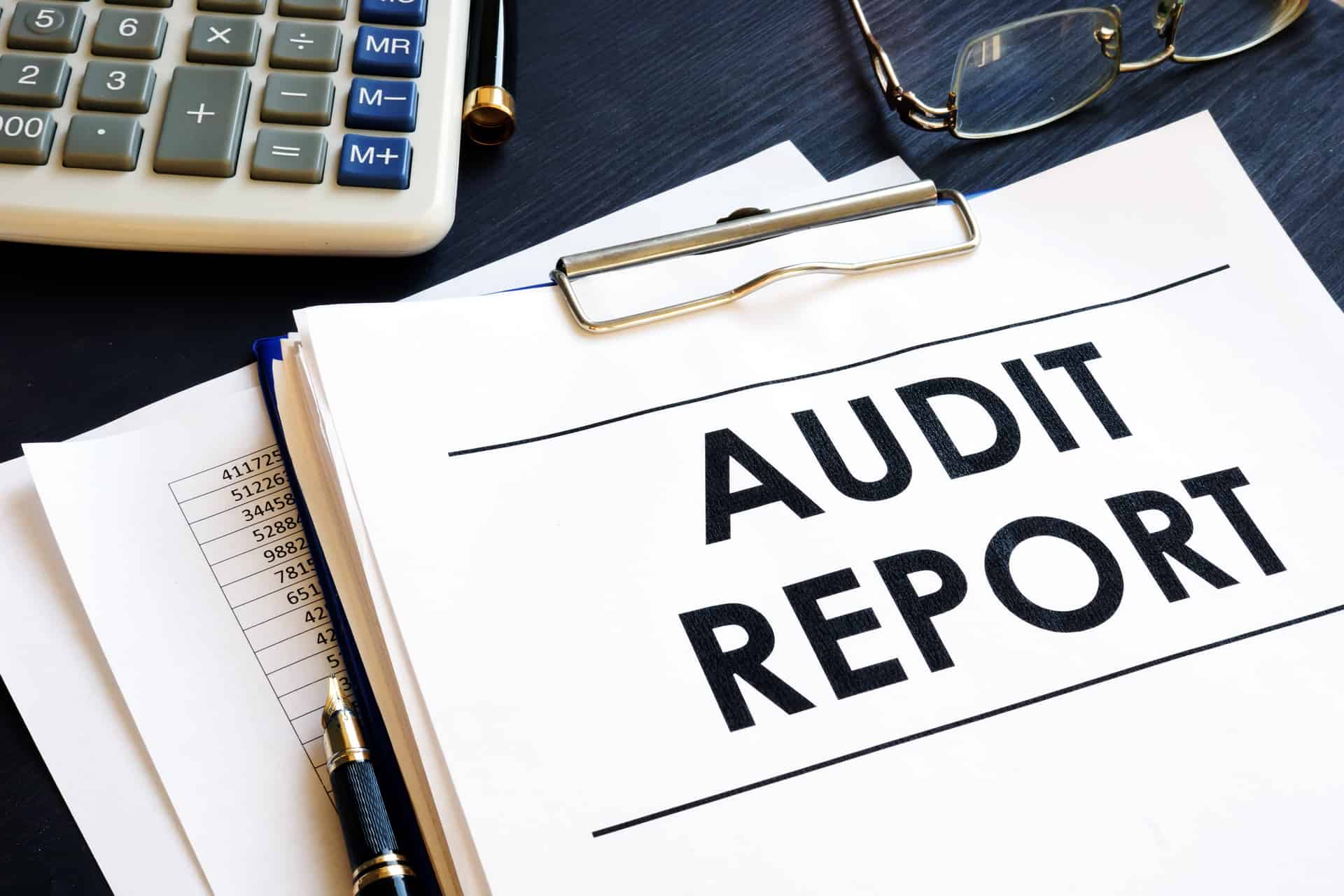The Holidays are here, it’s the time to plan time with family and loved ones… it is also the time to consider tax-saving opportunities for your business before its tax year-end. Some of these opportunities may apply regardless of whether your business is conducted as a sole proprietorship, partnership, limited liability company, S corporation, or regular corporation
Section 179 Deductions
Essentially, Section 179 of the IRS tax code allows businesses to deduct the full purchase price of qualifying equipment and/or software purchased or financed during the tax year (new or used equipment). That means that if you buy (or lease) a piece of qualifying equipment and place that equipment in service, you can deduct up to $510,000.00 in 2017, provided your company did not purchase more than $2,030,000.00 in qualifying equipment. If your company did exceed that threshold, then the 179 deduction for your company begins to be reduced on a dollar for dollar basis until it there is no Section 179 deduction.Continue reading

